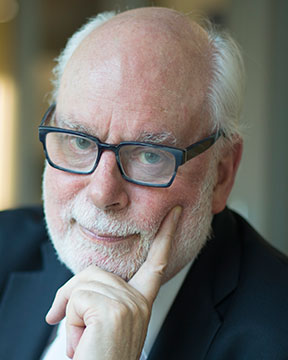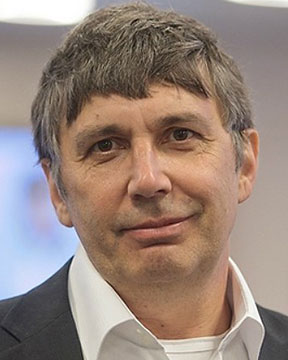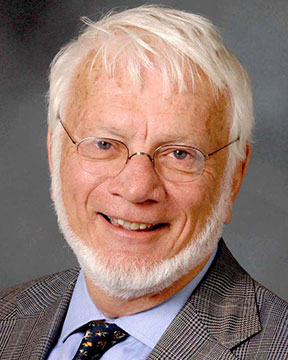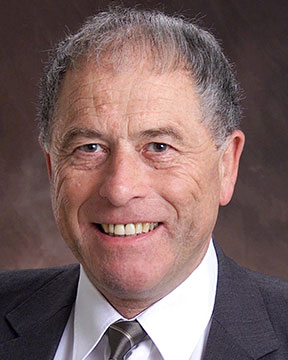



















 |
Igor BalaganskyNovosibirsk State Technical UniversityExplosion Systems With Inert High Modulus Components: Unexpected Phenomena And Opportunities Mamalis International Symposium on Advanced Manufacturing of Advanced Materials and Structures with Sustainable Industrial Applications Back to Plenary Lectures » |
Abstract:The data received during the experiments on detonation in high explosive charges, which contain inert elements made of materials in which sound velocity is significantly higher than detonation velocity, are systematically reviewed. The shock waves exiting from inert materials due to detonation may outrun the detonation front and compress the explosive material ahead of the front. These lead to changes in the explosive state and related changes in kinetics of the detonation transition. As a result, the stationarity of the process is violated, which lead to unpredictable alterations in the detonation phenomena. The phenomena occurring in such systems are described in detail: desensitization of high explosives, nonstationary detonation processes, energy focusing, and Mach stems formation. The hyper-speed flows of ceramic particles arising due to the explosive collapse of ceramic tubes are described. The possibility of designing protective structures from explosion, based on high modulus ceramic materials, is considered. The structural transformations, caused by energy focusing, or by the impact of hyper-speed ceramic jet in metallic materials, are discussed. These transformations include, but are not limited to adiabatic shear banding, phase transformations, mechanical twinning, melting, boiling, and even evaporation of the impacted substrates. From the practical point of view, this may lead to the decrease or increase in the efficiency of various explosive technologies. The understanding of its origins, time evolution, and the non-stationary phenomena in such explosion systems may provide us a useful instrument to increase the efficiency of explosive technologies and to purposefully control the detonation process. |
|